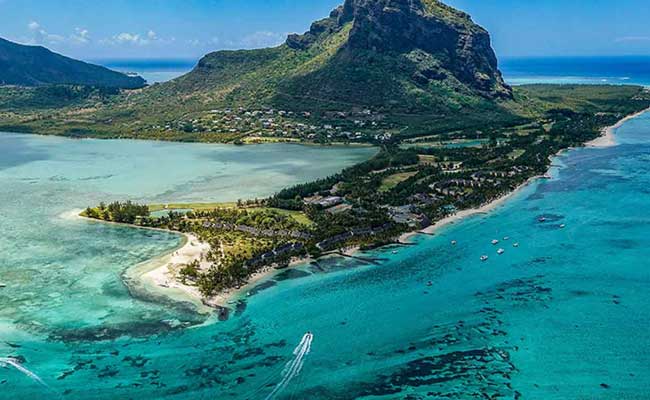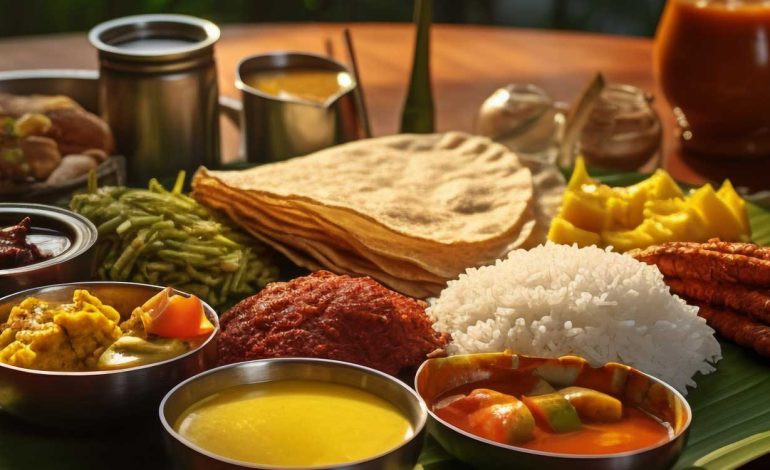The west coast of the island stretches from the foreland of Le Morne to the Albion lighthouse. Not as wild as the south coast, this part of the island has retained its identity. However, the new integrated resort projects (IRS) that are on the increase in the region may gradually change the characteristics of this part of the island.

The mystical village of Le Morne is home to many luxury hotels. With its crystal-clear waters and exposure to the full force of the wind, Le Morne is a prime location for watersports and a kitesurfer’s paradise that is in fact ranked among the best spots in the world. It’s worth mentioning the historical significance of this site, classified as a World Heritage Site by UNESCO as a fitting tribute to the maroon slaves (those who took refuge there when they fled the plantations) during the colonial period.
Driving up the coastal road through several fishing villages, life follows the same rhythm as the tides under the shadows of the old tamarind trees. The various baobab trees in the area show that the place has remained unchanged. Perched between the Black River Gorges National Park, where various trials begin, and the breathtaking lagoon that can be admired from the heights of Tamarin, the mountains and the ocean share the West between them. Tamarin is an elegant area of the west coast. Many foreigners have chosen this place for their homes and future projects will increase the popularity of living in this region. Early in the morning, as you pass Les Salines, you can see women harvesting salt, mainly for the textile industry. Tamarin’s beach, known as La Baie, is special in that it is one of the few places where surfing can be practised on the island. It is also unique in that it is the only place where you can swim with a colony of dolphins.
Some tour operators also offer excursions to Ilot Bénitiers, often visited on Sundays in summer, to discover the white ocean bed where you can dive and admire the superb species of multicoloured fish, feeling the magic all around you.This region is also famous for its deep-sea fishing (marlin), which can be done in one day or half a day.
On the way to Flic en Flac, you’ll come to the Casela nature and leisure park, home to many birds and other animals, including turtles, monkeys, wallabies and tigers. In a large enclosure, a mini farm has been created, allowing children to feed or play with the animals. If you choose to go on safari, you can watch gazelles, herds of zebras and ostriches from a bus. An original new attraction allows you to walk among the lion cubs in a dedicated area created just for them. The experience is complete when you stop off at the park’s restaurant, Le Mirador.
In the lower reaches of the west coast lies the most popular seaside resort: Flic en Flac. Stretching over two kilometres of fine sand, Flic en Flac is the longest beach on the island and is very popular with Mauritians at weekends. Flic en Flac comes alive at night. Several small restaurants and bars offer karaoke evenings and piano bars for your pleasure and relaxation.
Albion is situated a little higher up as you return along the main road to Port Louis. At the moment Albion is a quiet little village but the opening of the Club Med complex in the area has brought more life to the area.The lighthouse can be visited but opening hours should be consulted.There are several golf courses in the area, one more magnificent than the other.


